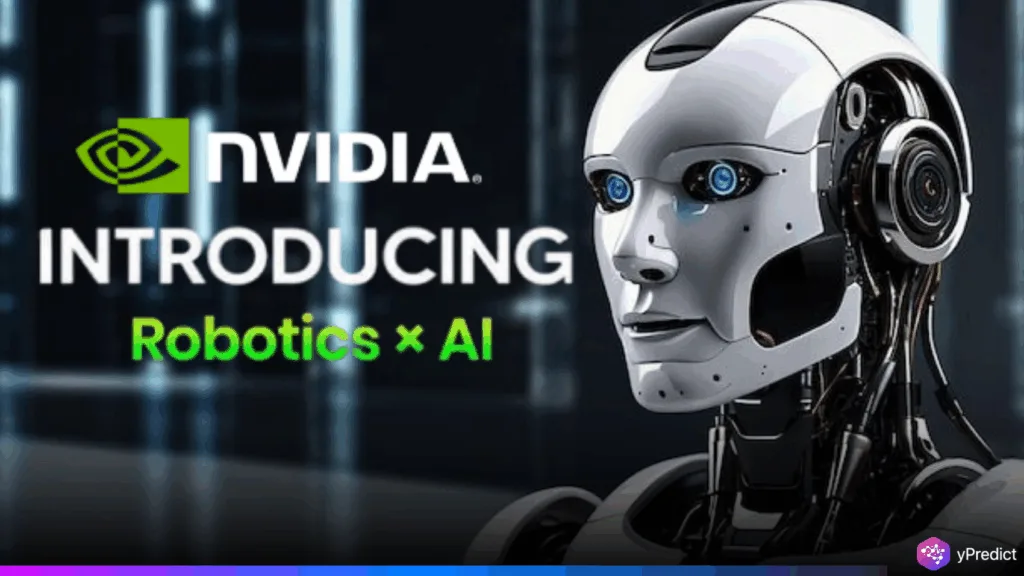
Robots have long struggled with tasks that are simple for humans like packing a suitcase or arranging irregular items in a box. These tasks require not only physical control but also advanced spatial reasoning and multi-step decision-making. Now, researchers from MIT and NVIDIA have developed a revolutionary robot planning algorithm called cuTAMP, which solves these kinds of manipulation problems in mere seconds.
This breakthrough combines task and motion planning (TAMP) into a GPU-accelerated framework, allowing robots to evaluate thousands of possible actions simultaneously rather than sequentially. The result? A massive leap in robotic efficiency, with applications across warehouses, factories, and logistics environments.
Solving Robot Motion Problems in Real Time
The new system is designed to help robots handle real-world tasks that require high precision, such as tightly packing various-sized items or using tools without causing collisions. cuTAMP enables robots to “think ahead” by rapidly exploring a vast range of motion sequences and refining them to ensure they meet physical and environmental constraints.
Traditional methods evaluate each possible movement step by step, a time-consuming process. In contrast, cuTAMP evaluates and optimizes thousands of potential action plans in parallel, using the computational muscle of GPUs (graphics processing units). This dramatically reduces the time needed to generate viable movement strategies—from minutes down to seconds.
How cuTAMP Works: Parallel Sampling and Optimization
cuTAMP integrates two core technologies: sampling and optimization. Instead of randomly trying out solutions, the algorithm intelligently samples only those that are more likely to succeed based on the robot’s task constraints. Then, using parallel computing on CUDA-based GPUs, cuTAMP fine-tunes these solutions by calculating which ones avoid collisions, respect object boundaries, and follow user-defined goals.
Because thousands of options are tested and refined simultaneously, the robot doesn’t just guess—it plans smartly and efficiently. This is critical for industries where every second of delay can cost money or disrupt workflow.
Real-World Impact: From Tetris-Like Packing to Full Automation
When tested in simulated packing scenarios similar to playing 3D Tetris cuTAMP consistently found collision-free, feasible packing plans in under 30 seconds. In practical trials using a robotic arm at MIT and a humanoid robot at NVIDIA, the algorithm maintained this performance in real environments without any need for machine learning-based training.
Its flexibility is a major advantage. Unlike AI systems that require extensive data or retraining, cuTAMP can be instantly deployed to new robotic platforms and unfamiliar environments. As long as the task is defined, the algorithm will find a solution.
Voice Commands and General Intelligence
Looking forward, the researchers plan to integrate large language models (LLMs) and vision-language models into the cuTAMP system. This would allow users to instruct robots via natural language commands—for example, saying, “Pack these items with the fragile ones on top,” and having the robot autonomously generate and execute a valid motion plan.
Backed by the National Science Foundation (NSF) and industry giants like NVIDIA, this research could significantly reshape the future of automation, manufacturing, and human-robot interaction.
Conclusion
With cuTAMP, MIT and NVIDIA have introduced a scalable, fast, and efficient solution to one of robotics’ biggest bottlenecks—planning. As industries continue to automate, the ability to compute thousands of action plans in parallel means robots will not just react, but proactively solve complex physical tasks in record time. This innovation is not only a technical milestone, but a clear sign that the future of robotics is intelligent, adaptable, and incredibly fast.






